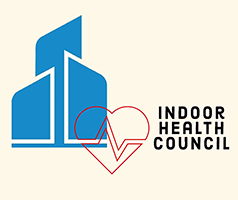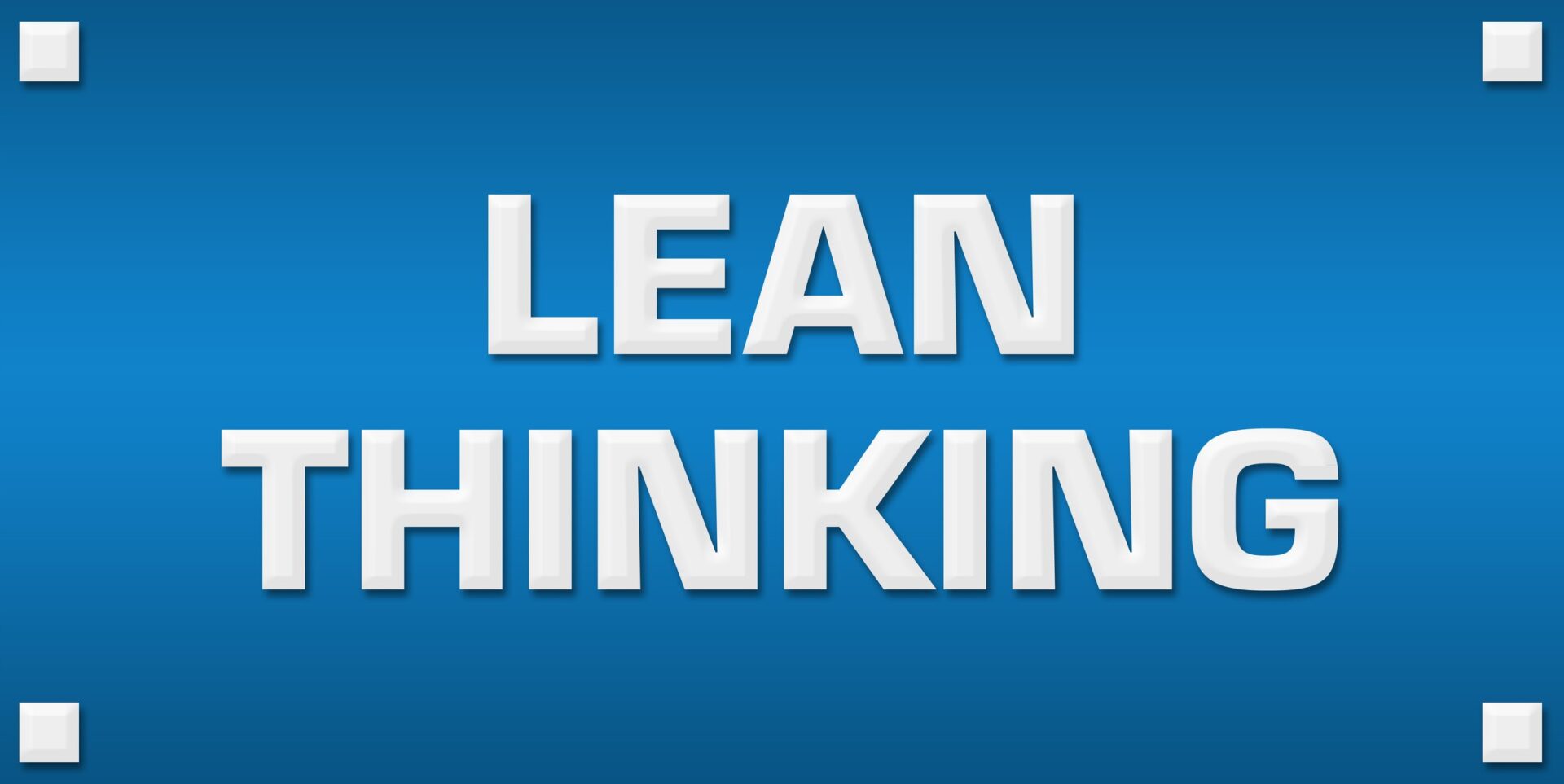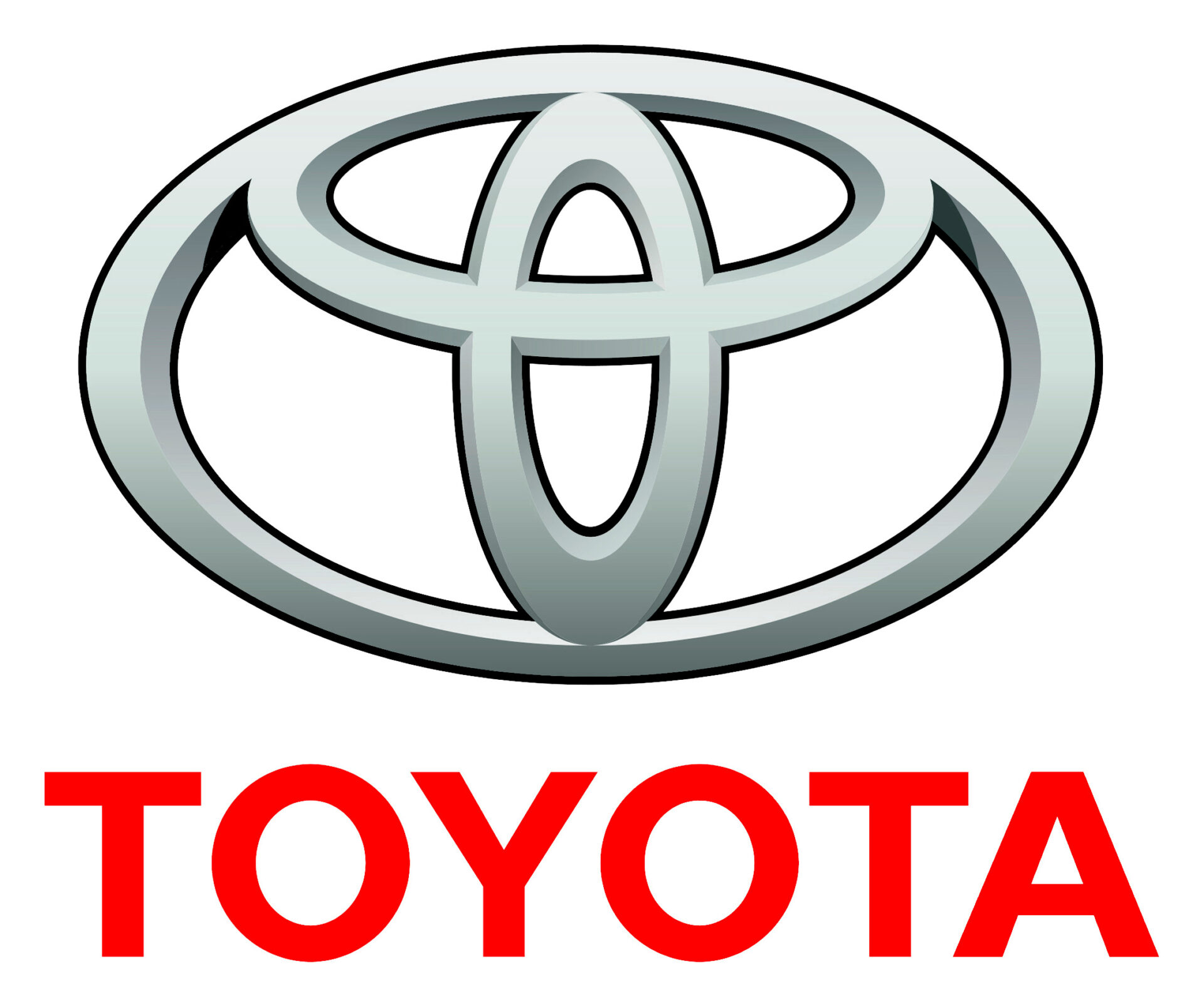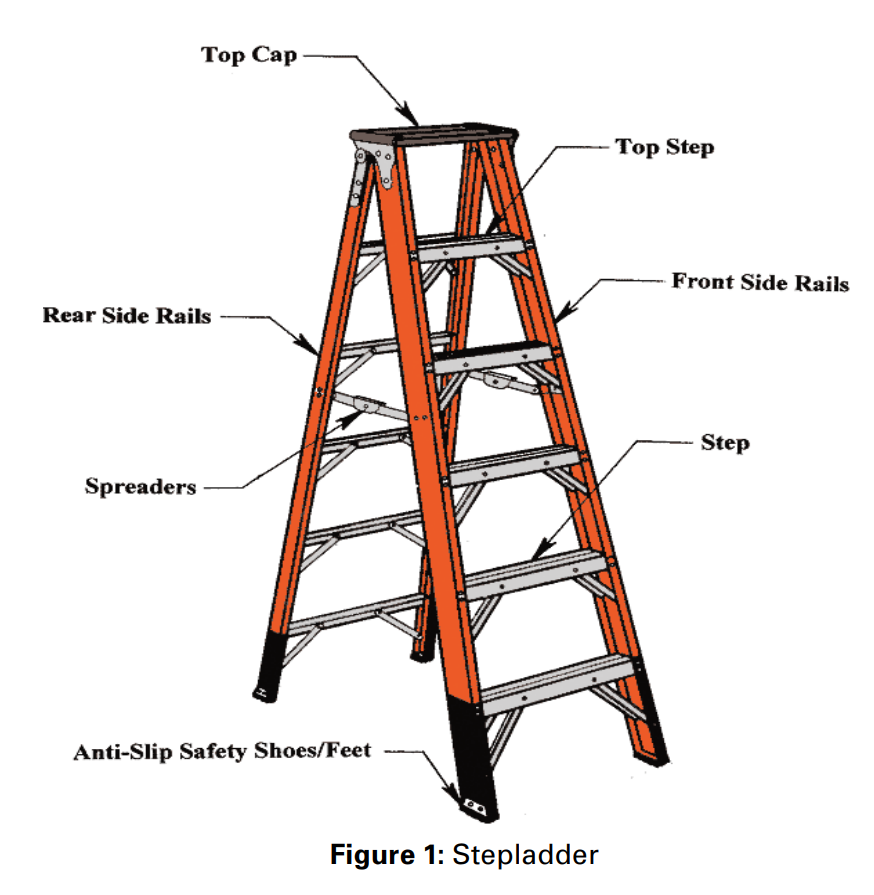Field Training – Difficult, but Vital – Five Steps to Make Healthy Cleaning Easier
by Allen Rathey
Training people who clean buildings is vital to reducing wasted labor and improving service quality, health, and appearance outcomes. But without a standardized program, training can be difficult. Taking five “baby steps” can help ease the pain of jumping into a training program, and can help you develop a simple, standardized program that is consistent, understandable, and easier to perform than an unstructured program that varies from worker to worker. It can also improve morale, health-related factors, and quality of work. Consider the following incremental steps to help you launch your standardized training program:
Step 1. Work with your team. Start by cleaning, sorting, and organizing all of the cleaning equipment and tools. Cleaning and organizing your tools and supplies changes your “relationship” with them, raises awareness of what you have (or need), fosters pride, identifies what is and isn’t being used, and sets the tone for the entire operation. Eliminating unused or unwanted items frees up space and sharpens focus.
Step 2. Since healthy cleaning is subtraction—in other words, the removal of unwanted matter from environments, rather than adding it—find a “hole” to plug each week. For example, identify situations or places in which pollutants are added to your facility, and systematically stop these points of entry. Examples include doorways that lack proper matting or vacuums that leak dust and do not clean well.
Step 3. Practice training as subtraction—a way to “take away” wasted steps—to make jobs simpler and easier. Meet with workers weekly to identify and apply one tip or technique per meeting to subtract steps or simplify tasks while still achieving the desired cleaning result. Ask workers to help with “lean production” tips, and give them an award for each step-saving process improvement idea you adopt. Share the tips with the team for continuous improvement in “lean production” and recognize the entire team for progress.
Step 4. Standardize around the principle of continuous improvement. By incorporating your team’s ideas into your standardized program, you provide a strong motivational platform for group improvement and a well-supported program in which it’s easier to train workers.
Step 5. Arrange regular customer tours of your custodial closets and operation to raise awareness of the work and engage the customer in dialog and continuous improvement efforts. This also can foster custodial pride and upkeep of the desired image, and provide a vote of confidence that you have faith in your team and program.
IFMA Study Says
According to a 2009 International Facility Management Association (IFMA) study: For each dollar spent on facility-related training, companies that train workers, including custodians, get an average return of $3.95 back. Here is a benefits breakout:
69% – fewer operating expenses
64% – more customer satisfaction
62% – greater energy efficiency
58% – more planning efficiency
55% – lower utility usage
50% – cost savings
50% – more simplified processes
46% – better communication with vendors, contractors
45% – more space efficiency
40% – better communications with staff
37% – better use of technology for more productivity
35% – better negotiation to improve outcomes
33% – better indoor air quality
33% – less risk
28% – more updated infrastructure
18% – fewer accidents
Reprinted from Cleaning and Maintenance Management (CMM)




